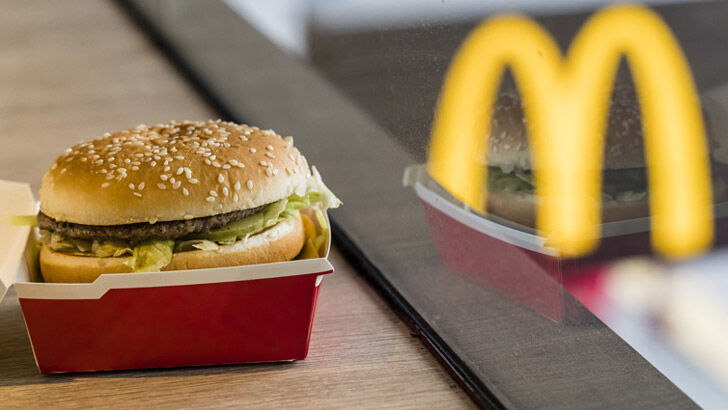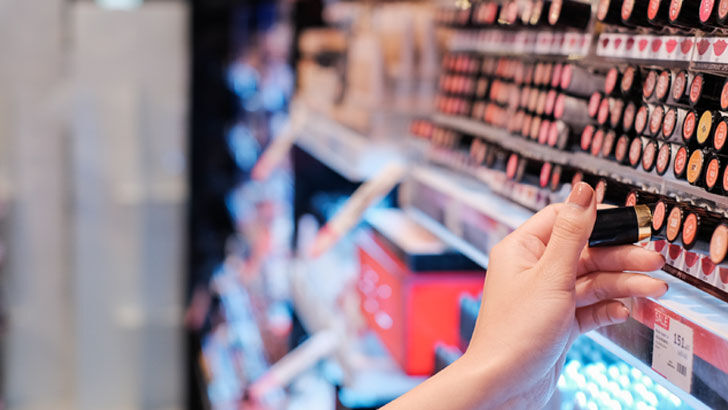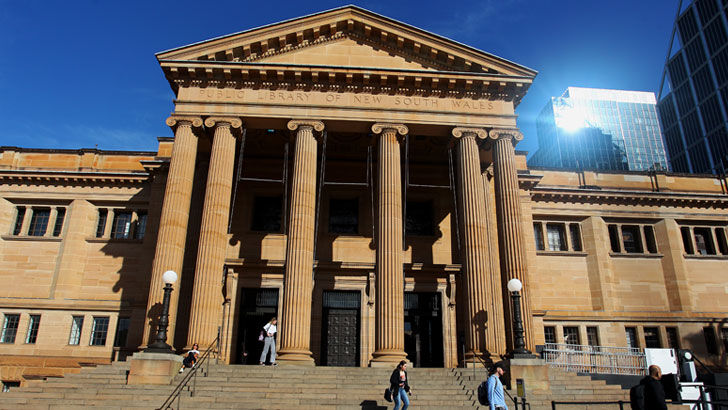Seven unofficial indicators that could help make sense of the economy
By Tom Watson
During the pandemic years and now into the high inflation times we're currently living in, many of us have become all too familiar with a suite of economic terms that we may not have given a second thought to previously.
Terms like inflation, wage growth, unemployment rates, economic growth and interest rates have become part and parcel of the news cycle, providing us with a constant reminder of the rollercoaster ride the economy has been, and continues to be, on.
Let's face it though - these can be a little dry.
So if you'd rather leave these to the economists, here are seven alternative indicators and indexes that are not only far more entertaining, they might just provide a glimpse into the health of the economy or our purchasing power as consumers. Well, maybe.
1. Big Macs
The idea: Launched by The Economist in 1986, the Big Mac index started out as a tongue-in-cheek way to showcase the theory of purchasing-power parity (PPP) which suggests that the exchange rate between two countries should equalise the price of an identical basket of goods and services over time. Instead of a basket, The Economist has simplified things by using a McDonald's Big Mac.
For example, the latest index shows that a Big Mac costs A$7.25 in Australia and US$5.36 in the United States (based on data from January).
That implies that the exchange rate was 1.35, when it was actually 1.42 - suggesting that the Aussie dollar was undervalued by 4.6% at the time.

Does it hold up? The index has come in for criticism for being geographically limited and for the fact that Big Macs aren't exactly uniform across the world, but at the end of the day it's a fun exercise that has, apparently, even made its way into some textbooks over the years.
2. Champagne
The idea: When times are tough and consumers start to tighten the reins on their spending, logic suggests that spending on luxury items will be one of the first areas to be cut back.
That's the theory behind the champagne index at least, where households fond of a premium bottle of bubbly might swap it out for cheaper fizz, or ditch it altogether, if a recession is looming.

Does it hold up? It seems as though champagne might well be a solid indictor. According to the Business Review at Berkley, annual champagne sales in the United States dropped from 23 million bottles before the Great Recession to 12.5 million in 2009, before rebounding again in subsequent years.
3. Lipstick
The idea: Put forward by Leonard Lauder, the chairman of cosmetics company Estee Lauder, during the recession of the early 2000s, the lipstick index is a theory that sales of lipstick are actually inversely correlated to the state of the economy.
The idea is that when people start to reduce their spending on more expensive discretionary items like clothing, they'll substitute those out for cheaper discretionary purchases like lipstick.

Does it hold up? The evidence seems to be mixed. On the one hand Lauder based the theory off an uptick in lipstick sales across the company's brands during the early 2000s recession, but market research firm Mintel's research on the subject during the Great Recession didn't find a link - rather, hair care and skincare were the categories where spending held up.
4. Men's underwear
The idea: Could an uplift in the sales of tighty-whities herald a new dawn following a recession? That's certainly the idea behind the men's underwear index - a theory floated by none other than former chair of the US Federal Reserve, Alan Greenspan, during a chat with journalist Robert Krulwich.
The thinking is that because undies are the least-visible garment of clothing, they're the first item men will stop purchasing during a downturn. But as consumer confidence picks up again, they're also one of the first items that men will flock to buy (or are shamed into buying once they become too holey).

Does it hold up? Once again, the evidence seems to be mixed. While there is plenty of reporting suggesting that men's underwear sales did fall during the Great Recession (at least in the US), an analysis published in the International Journal of Technology in 2012 concluded that while the theory holds up in some countries, overall, underwear sales were unrelated to the state of the economy.
5. Library visits
The idea: In the 1980s an American educator and library administrator named Steven James set about determining whether there was a link between economic downturn and an increase in the use of public libraries, referring to it as the 'librarian's axiom'.
The theory is a simple one: more and more people will turn to the free resources of libraries when times are tight.

Does it hold up? James himself couldn't establish a correlation using the Great Depression as an example, but other research that has emerged following the Great Recession, including in Colorado and more broadly throughout the US, has linked downturns to greater library patronage.
6. Christmas
The idea: Since 1984, US-based PNC Financial Services Group has produced its Christmas Price Index which tracks the cost of each of the gifts laid out in the 'The Twelve Days of Christmas' carol i.e. twelve drummers drumming, seven swans a-swimming, five gold rings and so on. Like the Consumer Price Index, this festive equivalent is simply a way to showcase the change in the price of goods and services over time - though in a less conventional fashion.
According to PNC, since 1984 the cost of Christmas has grown from $20,069.58 to $45,523.27. Unfortunately, the recent spike in inflation has also taken a toll on the price of some gifts, with the cost of two turtledoves rising by 33.3% between 2021 and 2022 to a whopping $600. The culprit? An increase in the price of feed among other factors.

Does it hold up? The Christmas index has copped some criticism over the years from a few grinches for the way it calculates the price of some of the gifts involved (can you really put a dollar figure on 11 leaping lords?), but at the end of the day it's just a bit of fun.
7. Sausage sizzles
The idea: Now this could be the most unofficial of the unofficial economic indicators because there hasn't been an index developed around it (at least, not yet), and it's not relevant anywhere outside of Australia.
But if there's one example of the significant impact inflation has had over the past year or so, it's on the price of the Bunnings sausage sizzle.

In July last year the price of a snag on bread jumped from $2.50 to $3.50 thanks, in part, to rising food costs. Of course, that money goes directly to the community groups running the sizzles, so it's not a particularly hard cost to swallow.
Does it hold up? This was actually the first time that the price of a snag had increased in 15 years so it might be too early to set up a Bunnings Index, but that gap between prices rises does just go to illustrate the extent of the inflationary environment we've been in.
Get stories like this in our newsletters.



